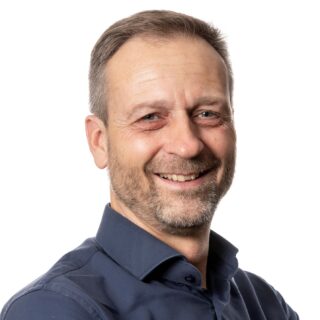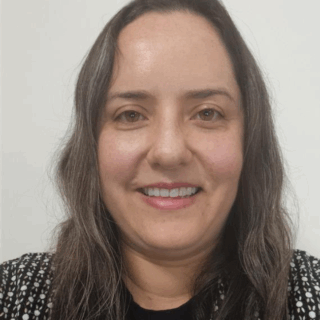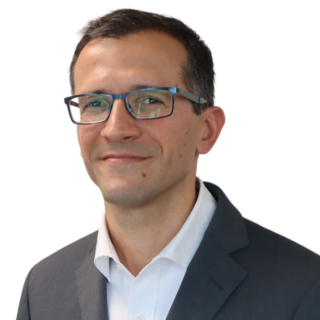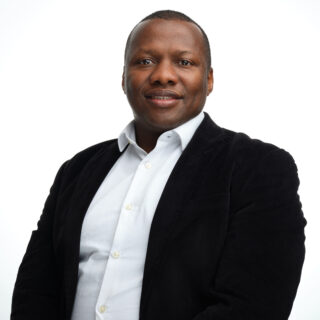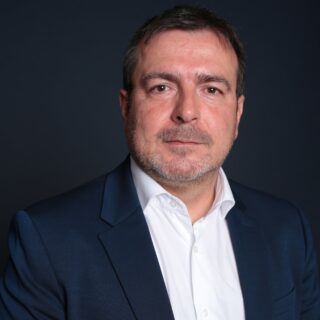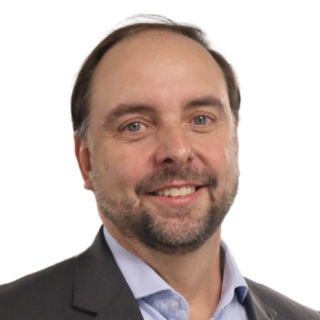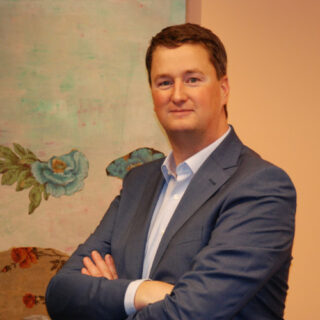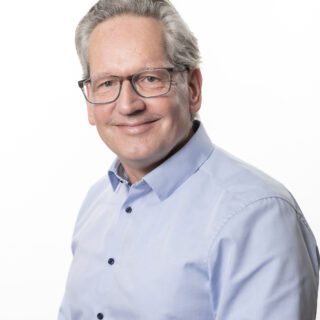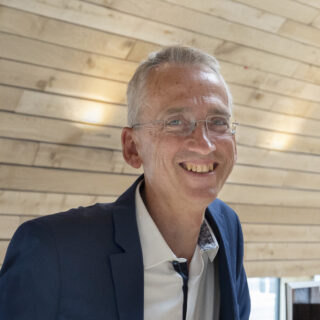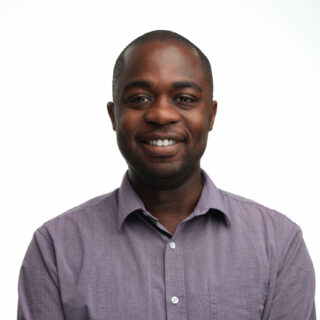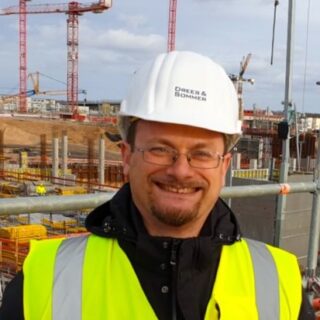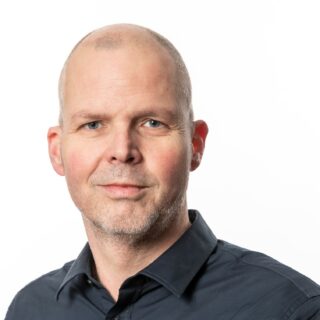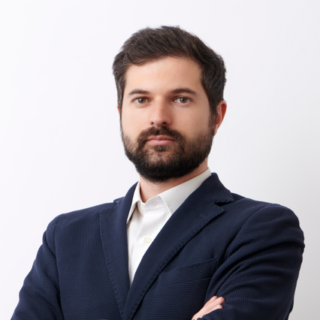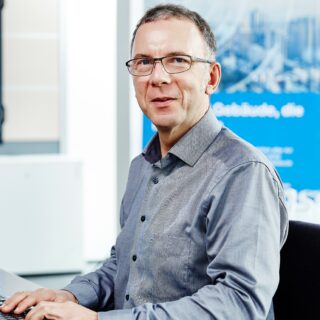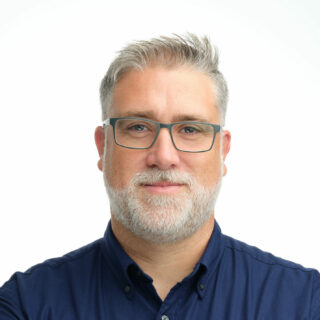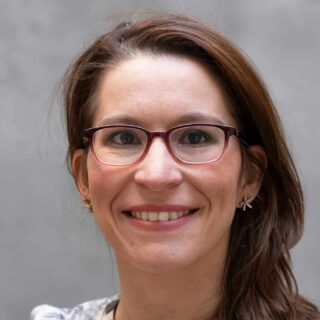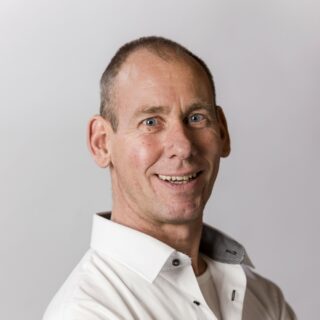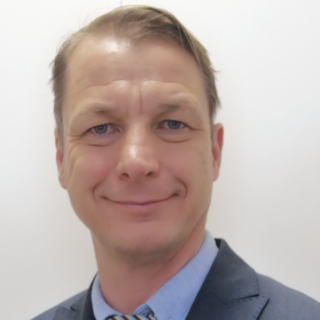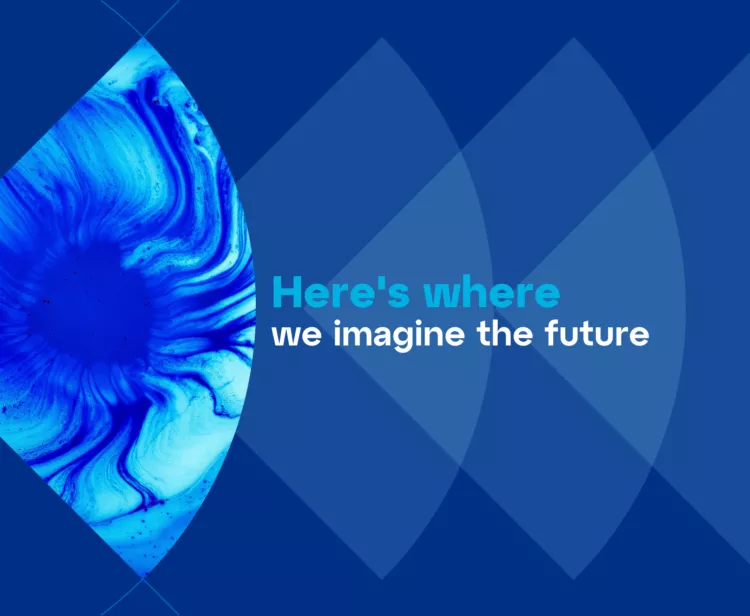
Deerns helps data centre developers stay ready for what’s next by aligning power, permits and future-proof design long before construction begins.
AI is redrawing the boundaries of data centre development, demanding new thinking about power, approvals, sustainability and future readiness. Data centre development has become a global sprint for power, proximity and future-proof flexibility. Across Europe and South America, we are watching an industry trying to move at the speed of innovation while tied to the rhythms of construction, regulation and the power supply grid.
At Deerns, we witness this shift firsthand. Clients are asking not just where they can build, but how they can ensure data centres and campuses are ready for:
- Reliable power supply
- Faster site permitting
- Technologies that evolve before the doors even open.
The New Meaning of “AI-Ready”
Traditional site selection once followed a familiar checklist: available land, reliable fibre, and access to logistics and utilities. But as AI racks grow more powerful and energy-intensive, these new workloads are reshaping the process – influencing everything from the megawatts required per rack to the social contract that determines a project’s viability.
" Power now sits at the centre of every conversation. Developers are forced to think in parallel: advancing design and approvals while awaiting permission.
Securing grid capacity has become the key constraint, the make-or-break condition before design even begins. Across Europe, many sites hold reserved energy allocations that may never materialise.
Sustainability as Licence to Operate
One of the biggest shifts we are seeing is cultural. Approvals and zoning are no longer post decision hurdles. They are design inputs.
AI might be the new frontier of digital efficiency, but its physical footprint is immense. As rack densities rise, so does scrutiny. Across the EU and beyond, access to grid capacity is increasingly linked to demonstrable environmental performance.
Factors that now determine the extent to which a site may be developed include:
- Height limits
- Building setbacks
- Noise restrictions
- Heat recovery requirements
In Germany and Italy, for instance, requirements to capture and reuse waste heat influence mechanical and electrical layouts from day one.
Furthermore, in several regions across Europe, there is an increasing resistance to data centres due to competition for electrical capacity. Deerns’ proactive planning approach, developed in close collaboration with municipalities, enables continuous data centre growth while safeguarding quality of life for local communities. Our teams treat policy alignment as an engineering challenge, finding ways to meet environmental targets and maintain flexibility for future phases.
" Developers who show clear commitments to heat recovery, renewable sourcing, water stewardship, biodiversity and community benefit gain faster approvals and social licence. Those who do not, wait. Sustainability is no longer a differentiator; it is an enabler of access.
Core Design Drivers: Resilience, Resources & the Human Equation
Every site tells its own story. Three core design drivers include:
- A site’s microclimate
- The risk of earthquakes
- Flood resilience
For example, a raised plinth in a flood zone may protect the building but also impacts height restrictions. Cooling systems in hotter regions demand creative heat rejection strategies that will not collapse under future PUE thresholds.
" True resilience is not one-size-fits-all. It is local, integrated and anticipatory.
AI has also changed the timeline between concept and commissioning. Some major components may have lead times approaching two years. These extended lead times for certain AI-related components are one of the factors driving a trend in design development. Schedules are becoming increasingly compressed, posing a significant challenge for both clients and professional teams.
Furthermore, logistics, import duties and tax incentives can outweigh differences in land price. And then there’s the human factor. Building and operating a high-density AI facility requires skilled labour that cannot be found everywhere. Where expertise is scarce, training, partnerships and phased delivery become part of the feasibility equation. The site may be physical, but success also depends on people.
3 Decision Making Shifts: Developers Adapting
We are seeing a quiet revolution in decision making by developers:
- Parallel due diligence: Developers now move design and power negotiations forward simultaneously, preparing multiple scenarios so they can act fast when capacity becomes available.
- Phased and modular builds: Developing in phases reduces risk and enables faster entry, while allowing time to adapt to next-generation Graphics Processing Units (GPUs) and evolving cooling requirements.
- Community alignment: Heat recovery projects, workforce training and renewable power purchase agreements are becoming the currency of credibility with regulators and grid operators.
" This new pragmatism rewards preparation over speculation. The best positioned projects are those that treat uncertainty as a design parameter, not a disruption.
A Continental Lens with Global Lessons
Working across Deerns offices in Spain, Portugal, Germany, the Netherlands and the UK, and now increasingly in Brazil and Colombia, we see the same pieces of the puzzle, just arranged differently.
In the Nordic countries, stable grids align with natural cooling advantages while, in Southern Europe, abundant renewables meet the challenge of complex approvals. In Latin America, the opportunities are vast but depend on logistics and power distribution reform. The constants are collaboration and consistency of method: blending engineering precision with policy fluency and local insight.
At Deerns, our approach is simple:
- Engage early
- Think holistically
- Design for change
With the right partners, technical insight and policy intelligence, “AI-ready” stops being a buzzword and becomes a shared outcome – one that investors, operators and communities can all stand behind.






